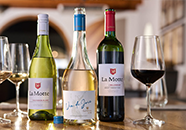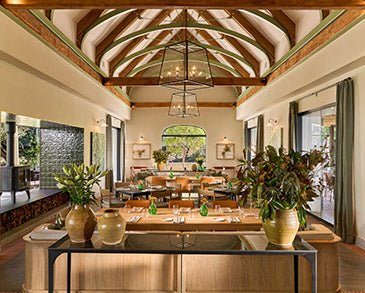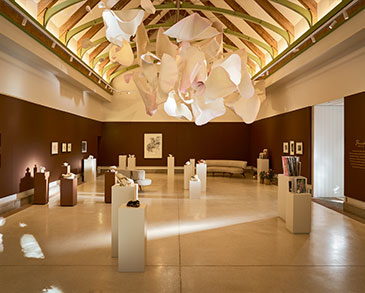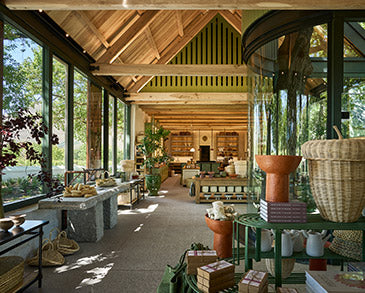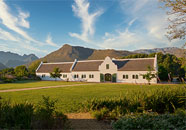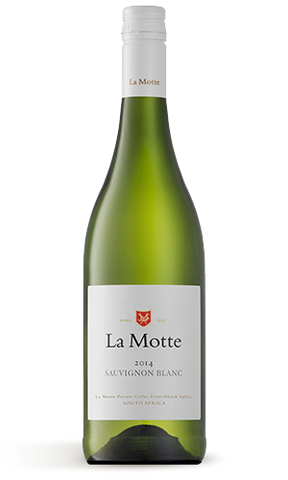
This wine was made from grapes originating from vineyards growing in different regions in the Cape wine-lands – Franschhoek (40%), Elgin (15%), Stellenbosch (20%), Walker Bay (15%), Durbanville (7%) and Darling (3%).
As was the case during the previous year, the growing season was preceded by a good winter that ensured even budding. Ample ground-water and cool soils delayed budding, and harvesting started later. Temperatures rose, with regular rain that promoted growth and caused favourable conditions for disease. Good leaf management was required. Heavy rain was also received during January. The harvest will be remembered for its magnitude in the Boland. In spite thereof, the quality of the Sauvignon Blanc was very high. In general, ripeness occurred at lower sugars. The alcohol level for the season will, therefore, be low.
Each vineyard grows in its own macro climate and different clones are represented. All the vineyards are trellised and managed to maintain a perfect balance between leaf coverage and yield. Thanks to different terroirs, each region produces its own distinctive grapes, so grapes from each area make a unique contribution to the character of this wine.
Grapes were harvested at between 17 and 23 degrees Balling, to capture natural acids and produce fuller, riper flavours. The process was reductive, with cold fermentation (10 – 13 °C). After fermentation, the wine was left on the lees for three months to enhance complexity. For further complexity, the wine was blended with 8% Semillon. The first batch of 95 000 cartons (6 x 750 ml) was bottled on 19 May 2014 for release as 2014 La Motte Sauvignon Blanc.
With intense gooseberry, followed by green apple, winter melon and lemon on the nose, this wine is very friendly and approachable. The natural acid is covered by the gentle, full and creamy palate. There is a mellow sweetness on the palate in spite of the low residual sugar.
Alcohol 12,28% Vol
Residual sugar 2,6 g/l
Total acid 6,4 g/l
pH 3,28

